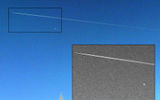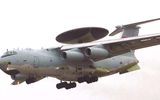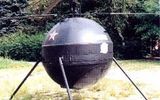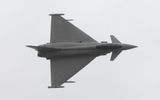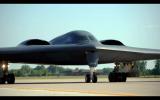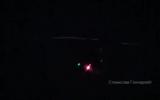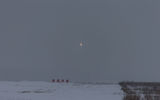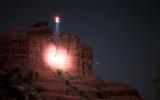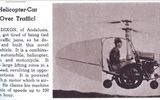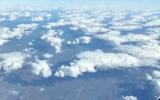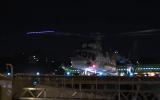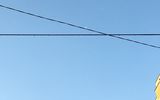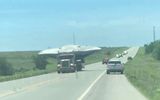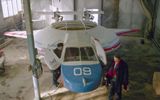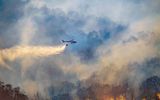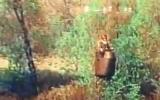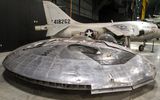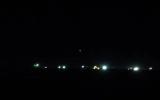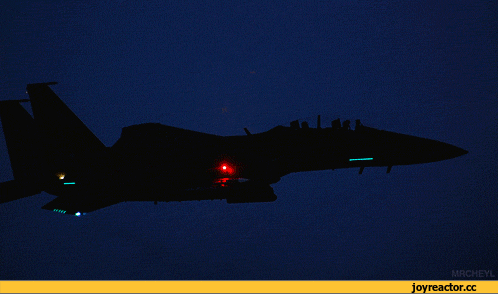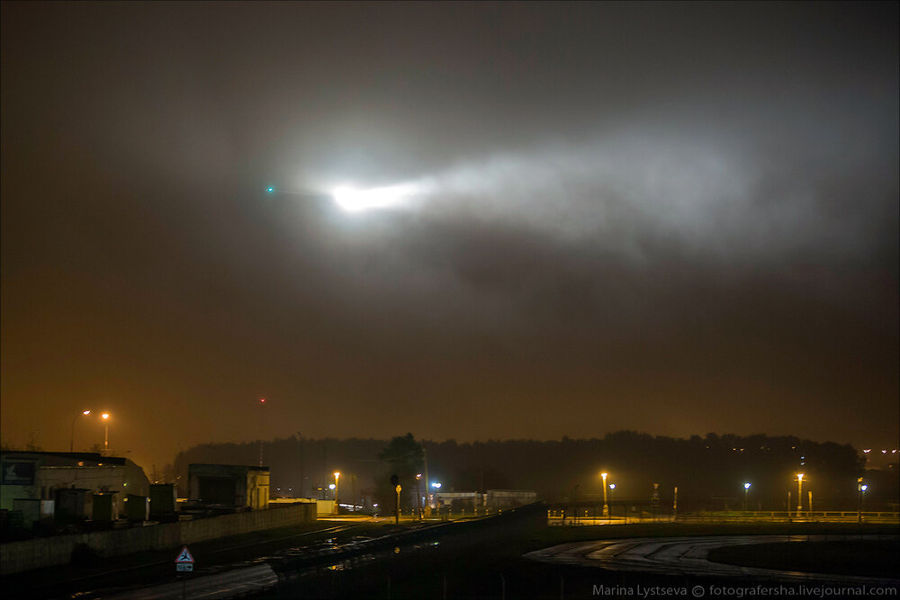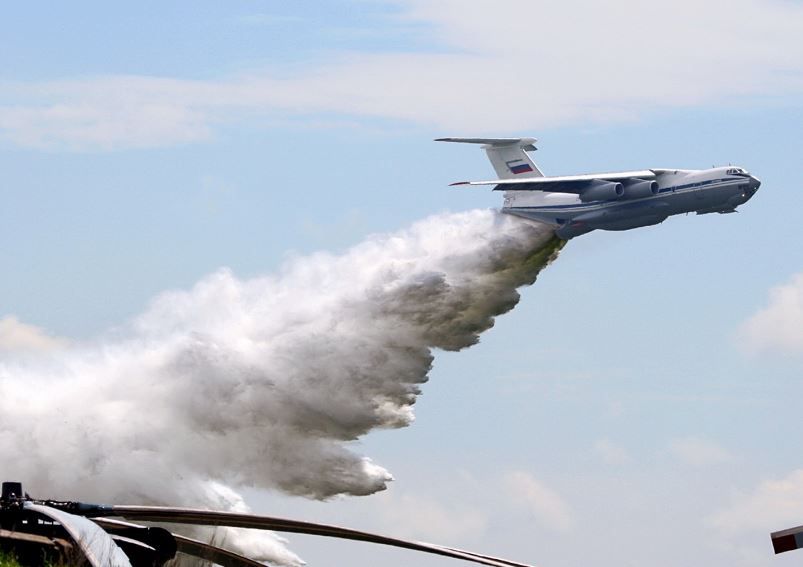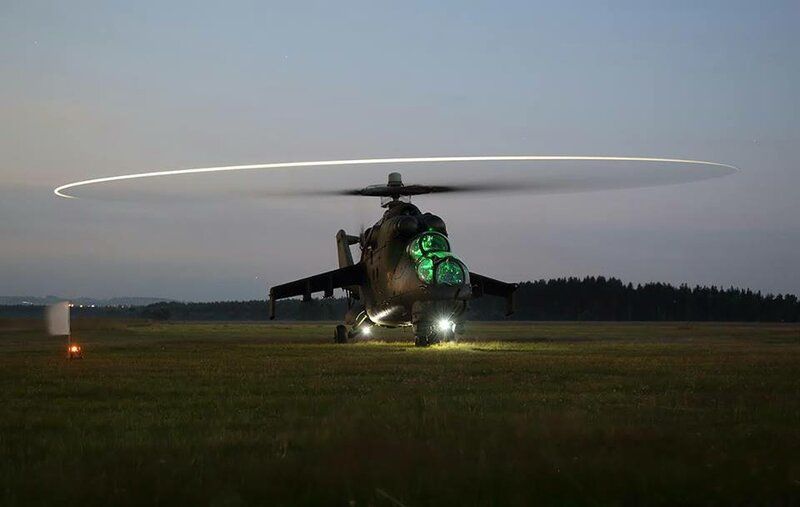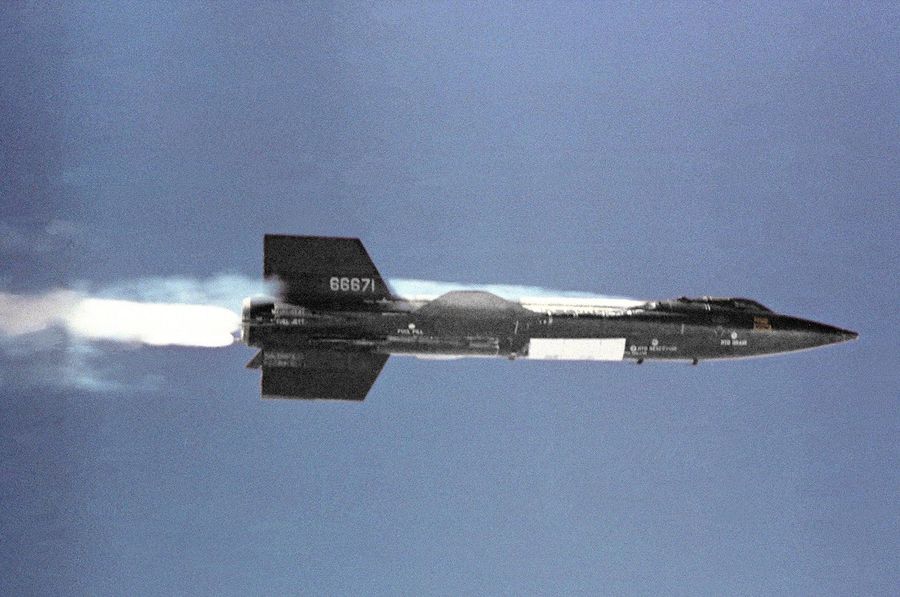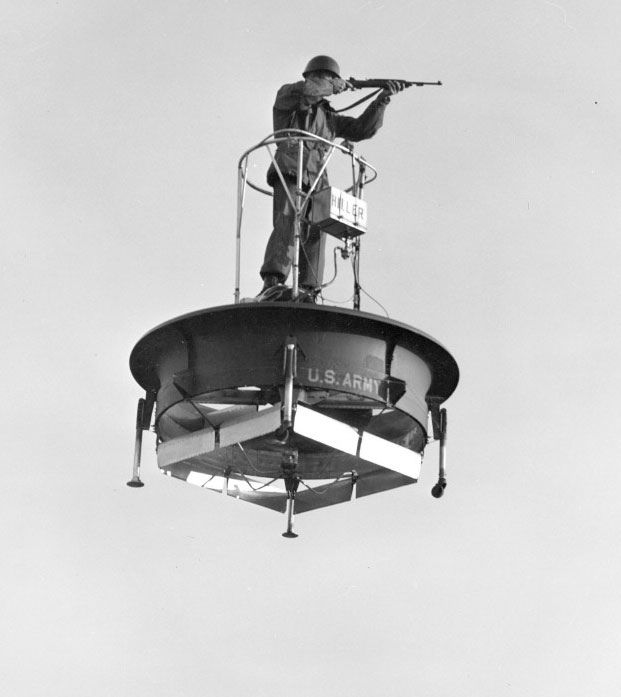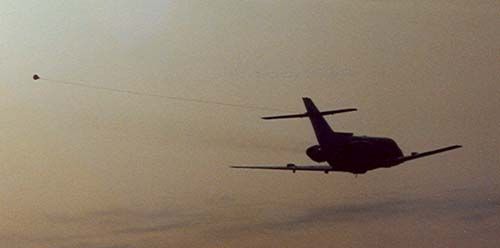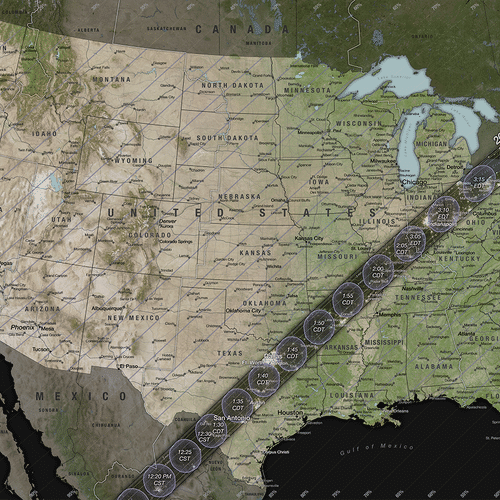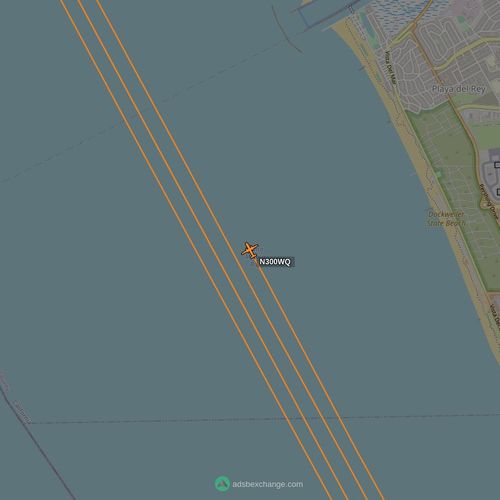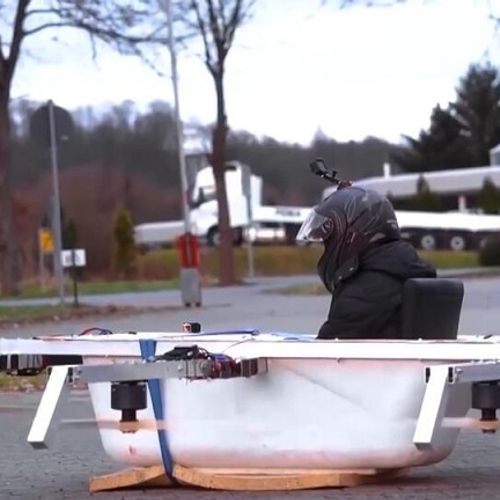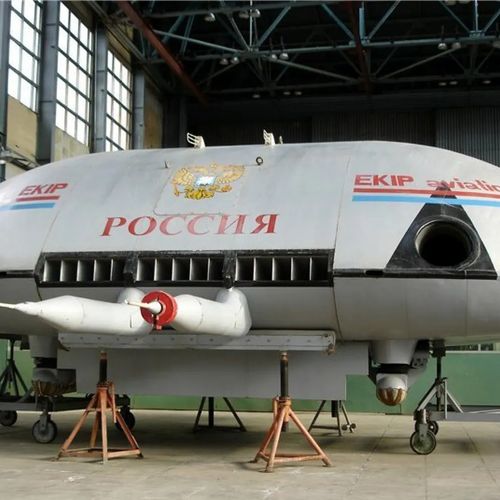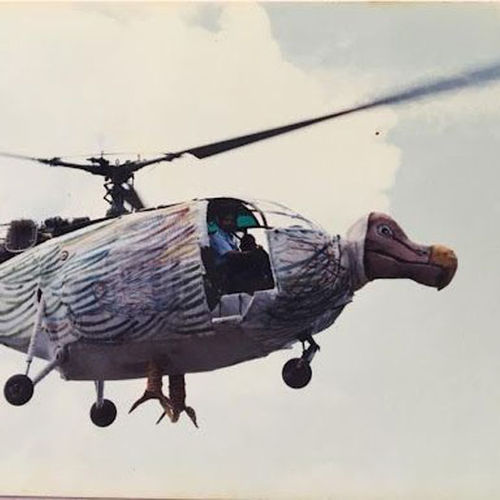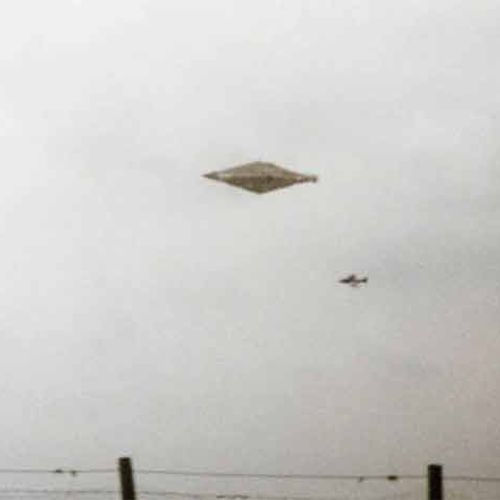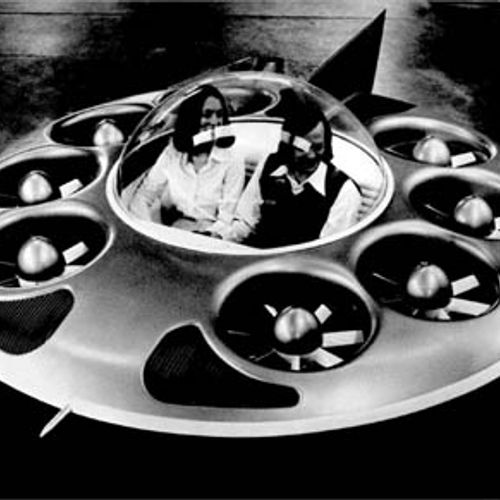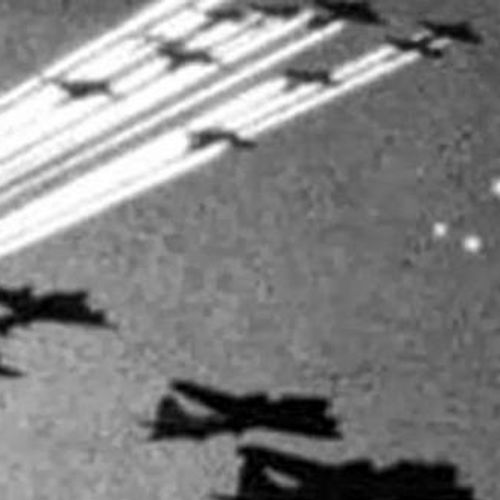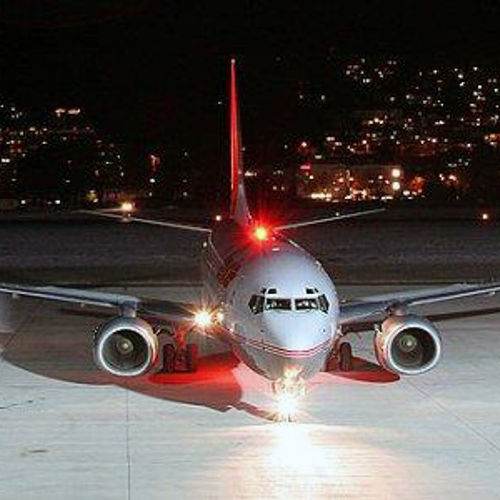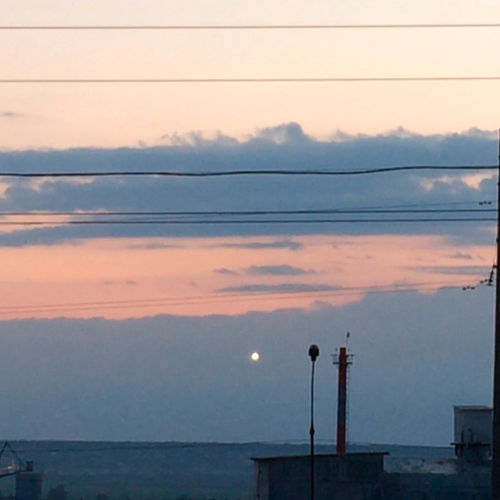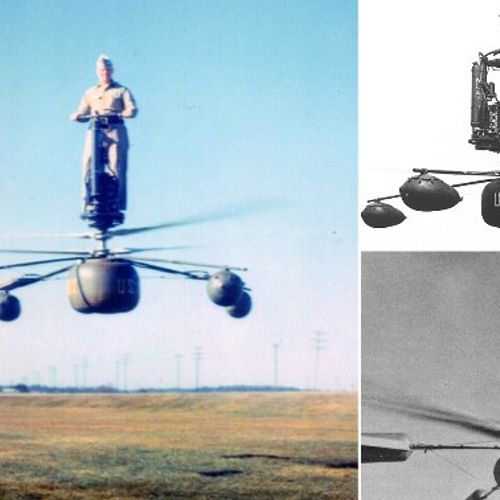
| Added | Mon, 10/10/2016 |
| Sources | |
| Феномены | |
| Version type |
An aircraft heavier than air for flights in the atmosphere (and outer space (e.g. An orbital aircraft)), using the aerodynamic lift of a glider to keep itself in the air (when flying within the atmosphere) and the thrust of a power (propulsion) installation for maneuvering and compensating for the loss of total mechanical energy to drag.
A rotorcraft in which the lift and thrust required for flight are created by one or more main rotors powered by an engine or several engines. They differ in maneuverability, the ability to hover and almost vertical takeoff.
Even an ordinary airplane can be mistaken for a UFO at an unusual viewing angle, when illuminated by sunlight at sunset or dawn, when reflecting bright light from the Sun on it, as well as in a photo, especially if it does not leave a condensation trail.
There are also unusual aircraft designs. In the photo, it may look like a small dot with a metallic sheen, a dark dot, a small dark or silver elongated object (cigar-shaped), etc.
It is especially common to mistake an airplane without a condensation trail for a UFO if it flies next to an airplane leaving a trail (the difference in size is almost invisible to the eye).
Airplanes are often mistaken for UFOs due to external lighting equipment, especially at night. In addition to the standard red-green-white backlight, blue lights at the end of the blades are used in night modifications of some helicopters.
Helicopter flights over and near populated areas can be caused by various reasons, in addition to military exercises, air excursions, holiday preparations, etc. These can be, for example, thermal imaging (infrared aerial photography) of thermal communications of the city, monitoring of the Ministry of Emergency Situations, police and much more.
Also, various devices attached to an airplane or other aircraft can be mistaken for UFOs. For example, AWACS (Aviation Radio Detection and Guidance Complex), OGAS (Lowered sonar stations) on helicopters, etc.
The aircraft can perform various maneuvers and aerobatics both independently and in a group. To an outside observer, this may be perceived as "strange behavior for an airplane."
Most often, this is the training of pilots' skills on military aircraft. But also, for example, an unusual flight can be observed during scientific research. Let's give an example of studying clouds:
There are five small holes in the nose of the C-130 aircraft, each of which is connected to a pressure sensor that measures wind. By performing certain maneuvers, the NAAMES team can calibrate and verify vertical wind measurements, which are combined with humidity measurements to study particles in and around clouds.
The following maneuvers ("Tail turns") affect the horizontal pressure sensors as the aircraft moves from side to side in a crab motion. A porpoise is a maneuver in which an aircraft moves up and down using a vertical pair of pressure sensors on the nose. The purpose of the Bow Tie is to map out the vortex features and variability of the ocean around the ship in the fewest number of passes) They allow scientists to collect data at different heights and cover as much of the area as possible, while confirming the accuracy of scientific measurements.
Similar aircraft movements are also used to calibrate NASA instruments.
The HZ-1 aerocycle was built by De Lackner in the mid-1950s. Originally called the DH-4 Helivector, it was later renamed the HZ-1 Aerocycle and resembled a hybrid helicopter, motorcycle and outboard motor.
The HZ-1 aircraft was equipped with a 40 hp engine, which was coupled with two coaxially positioned propellers. The screws with a diameter of 4.6 meters rotated in opposite directions, which made it possible to avoid rotation of the platform itself, on which the pilot was standing. At the same time, the pilot was positioned vertically directly above the rotating blades of the propellers, a steering wheel similar to a motorcycle was provided to control the device. With its help, the pilot had to change the speed, direction and altitude of the HZ-1 flight (in order to make a turn, it was necessary to tilt the entire aircraft in the right direction — just as it is done on a motorcycle).
It was assumed that the US military would be able to effectively use this flying platform only after a 20-minute briefing. But test pilot Selmer Sandbai, who tested the HZ-1, had a different opinion. In particular, he noted:
"It took me just one flight to realize that it would be damn difficult for an ordinary person to cope with this structure."
All the identified shortcomings led to the closure of this program. At least one such flying platform has survived to this day, which is exhibited as a museum exhibit.
An orbital aircraft (OS), an aerospace aircraft (VKS), an aerospace aircraft is a winged aircraft of an aircraft scheme that goes out or is put into orbit of an artificial satellite of the Earth by means of a vertical or horizontal launch and returns from it, after completing the target tasks, making a horizontal landing at an airfield, actively using a lifting platform when descending the power of the glider. Combines the properties of both an airplane and a spaceship.
- Kosmoplan — OS (VKS) as the second stage of an aerospace system (AKS), launched into orbit not only by its own engines, but also with the help of a launch vehicle (LV), as well as rocket booster stages, either by a winged 1st stage of the AKS during vertical launch or by an overclocking aircraft or by a winged 1st stage of the AKS during horizontal start. Horizontal launch systems use air launch technology to launch spaceplanes. In fact, the first in the history of realized spaceplanes that performed suborbital manned space flights and for 20 years the only ACS was the American hypersonic North American X-15 rocket plane of the 1960s (13 of its flights above 80 km (US norms), and 2 of them, in which the space limit was exceeded by 100 km (according to FAI world standards), are recognized as suborbital manned space flights, and their participants are astronauts).
- A spaceship is a single—stage AKS that enters orbit at the expense of its own engines during vertical or horizontal launch. Due to the need to create spaceships with an order of magnitude more complex propulsion and structural technologies, none of the spacecraft projects have been implemented to date. One of the first detailed designs of AKS and spaceships was the unrealized Zenger project (in the late 1930s.) on the creation of a partially-orbital combat spaceship-bomber "Silberfogel" in Nazi Germany.
The MD 500 was developed based on the Hughes 500, the civilian version of the OH-6A Cayuse/Loach of the U.S. Army. The MD 500 was originally manufactured by Hughes Helicopters as the Hughes 500. Since its introduction in 1967, many models have been produced, often with a more powerful engine or a five-bladed main rotor instead of the original four-bladed counterpart. The MD 500 is commonly used for public works, especially the MD 530F; it has also proved popular with law enforcement agencies. McDonnell Douglas gave the go-ahead for the production of the aircraft, renamed the MD 600N, in March 1995.US FAA measurements have determined that the MD 600N is just the quietest helicopter in the world.
In the book "Mirage Men: An Adventure into Paranoia, Espionage, Psychological Warfare, and UFOs" he is described as follows:
The exhaust of the "five hundredths" was also equipped with a muffler, the air intake was provided with a partition, and the body was completely covered with lead sheets and vinyl gaskets. It was not possible to achieve complete noiselessness, but the sound produced by the machine changed sufficiently that it could not be recognized as a helicopter. And the "Quiet One" came out not only almost silent, but also almost invisible: with the help of an infrared camera, the car could fly and land without using lights... They were incredibly quiet; the soldiers at the base said that when the "Penetrator" flew overhead, it sounded like a plane flying in the distance — such a discrepancy was unnerving when the helicopter was right in front of you.
Related facts
Related news
Related articles
Log in or register to post comments

